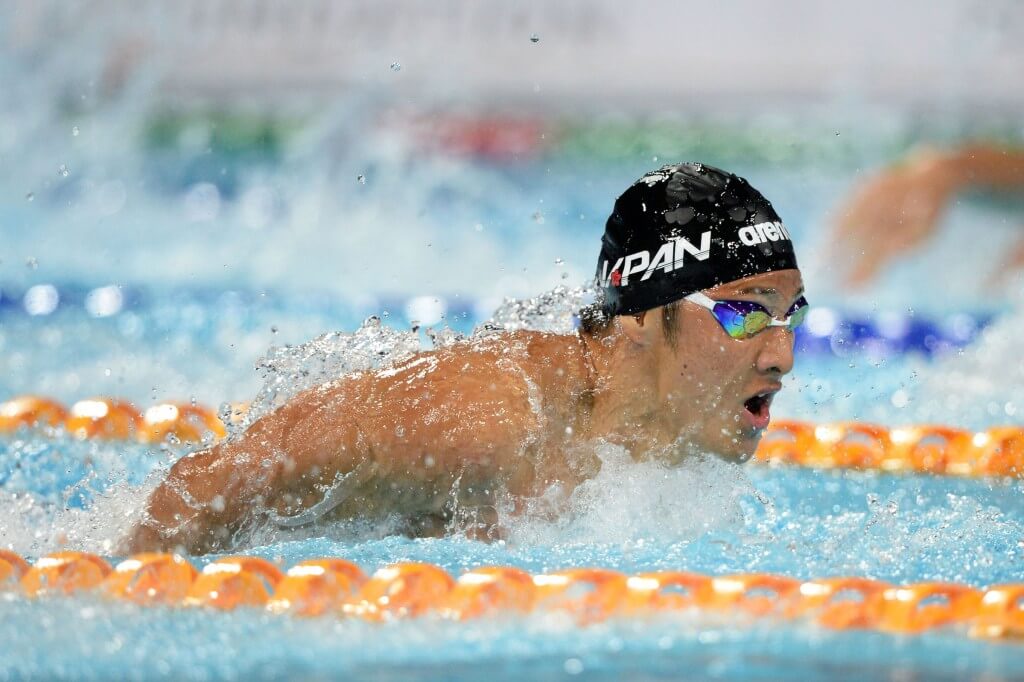Daiya Seto Produces Quick Start in 200 Butterfly at Japanese Trials; Tomoru Honda Paces Event

Daiya Seto Produces Quick Start in 200 Fly at Japanese Trials; Tomoru Honda Paces Event
When the Japanese Olympic Trials started over the weekend, Daiya Seto was already granted passage to this summer’s Olympic Games in Tokyo. His automatic qualification was the reward for his status as the reigning world champion in the 200 and 400 individual medley events. On Monday, the veteran started his quest for a third event on his program.
Competing in the 200-meter butterfly, Seto produced the second-fastest time of the preliminaries with a performance of 1:56.21. It was a strong start for Seto in an event that is extremely deep in Japan. Seto was one of two athletes to go under the 1:57 barrier, as he was joined by Tomoru Honda, who claimed the top seed for the semifinals with an effort of 1:56.20. Four other swimmers were under 1:58, including Teppei Morimoto at 1:57.19.
Although he is most accomplished in the medley events, the 26-year-old also boasts stellar credentials in the 200 butterfly. In addition to medaling in the event at the past two editions of the World Championships, Seto has captured gold medals in the 200 fly at the last two versions of the Pan Pacific Championships. He’s also the Asian record-holder at 1:52.53.
In the women’s 200 individual medley, Rika Omoto claimed the top seed for the semifinals with a swim of 2:12.53 and was followed in the No. 2 position by Yui Ohashi, who went 2:13.30. Ohashi has already qualified for the Tokyo Games in the 400 individual medley and was the silver medalist in the 200 medley at the 2017 World Championships. Qualifying third was Miho Teramura with a time of 2:13.46.
The preliminaries of the women’s 200 freestyle were pedestrian, as no one cracked the two-minute barrier. Rio Shirai was the fastest performer into the semifinal round, as her mark of 2:00.90 was slightly quicker than the 2:01.06 of Chihiro Igarashi.





Interesting that the Japanese are swimming semi finals as well.. not sure their depth is that strong to require it ..
Excellent point. I think the thought process is to mimic the Olympic program and test athletes with three rounds of racing for 200 meters and below.
I think the Australian experience found that the top swimmers would just cruise through the heats and semis anyway and not conserve energy until the final .. but then when they get to the Olympics they realise they actually have to swim their trials finals time during heats and semis to even progress .. and they can’t just cruise it in heats and semis like they could at national titles